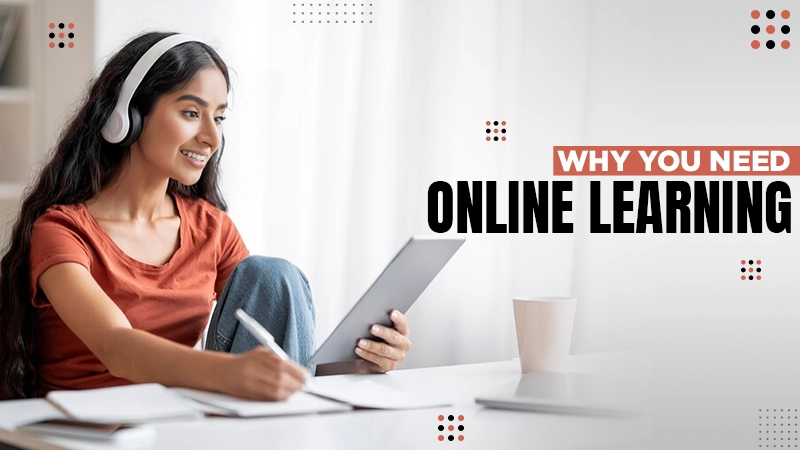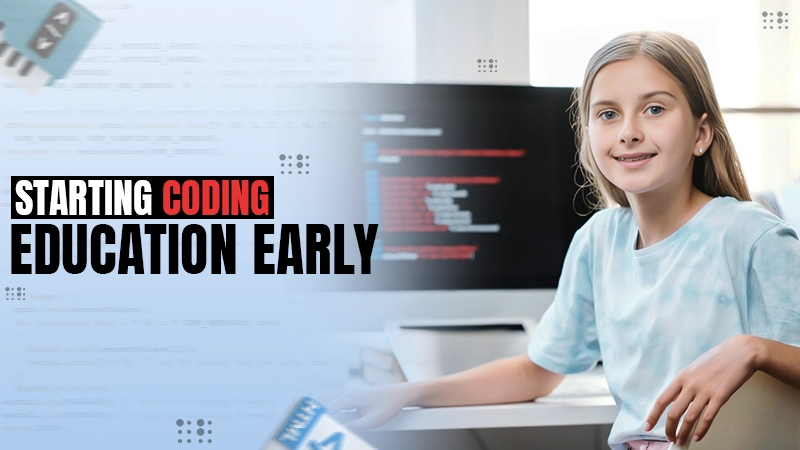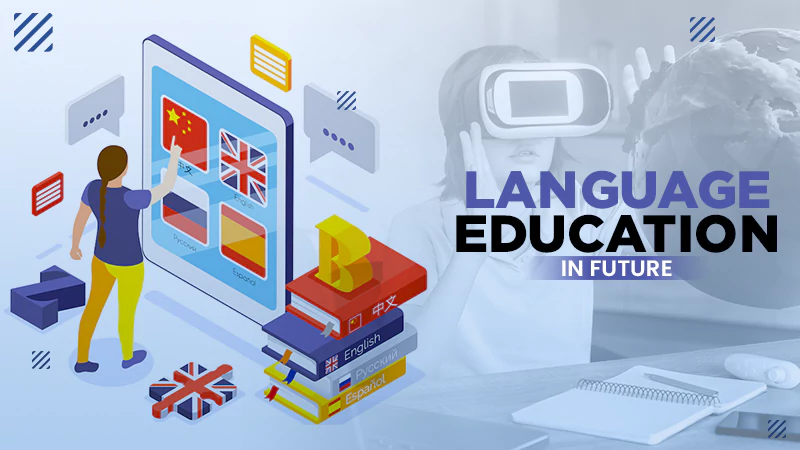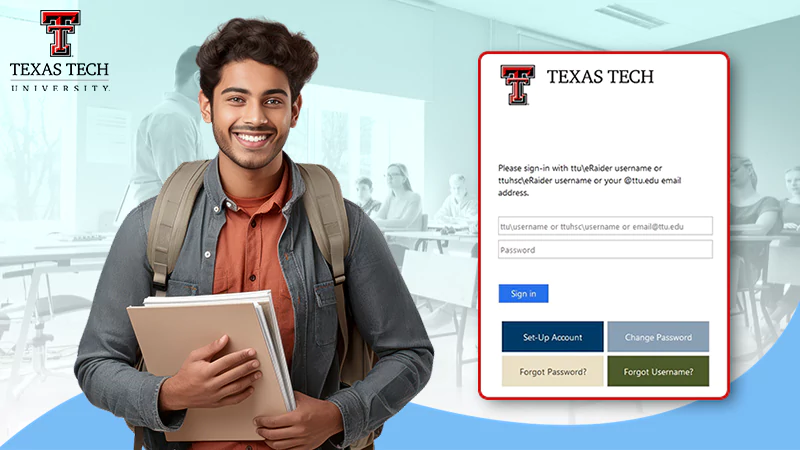Key Takeaway
- Accurate translation of educational materials, especially from English to Arabic, has become a necessity to ensure that learners can access information in their native language.
- English to Arabic translation in learning resources has gained prominence due to various factors. In this context, English video translation to this Asian language is a powerful tool that enhances the whole experience.
- Several approaches to video translation cater to the diverse needs of learners and educators including providing subtitles, voiceover, transcription, and translation.
- As technology continues to reshape the intellectual landscape, English video translation to Arabic is a key facilitator of remote and self-paced learning.
In the era of digital education and global connectivity, the importance of effective learning resources has never been more pronounced. As education transcends geographical boundaries, the need for comprehensive and accessible materials is paramount. This is where translation comes into play, with English-to-Arabic transformation standing out as a pivotal component.
The graph below vividly shows the spread of English as an official language across the globe, including a small part of Arab countries. What if students, scholars, or businessmen here want to translate some of the learning resources into their native Arab language?
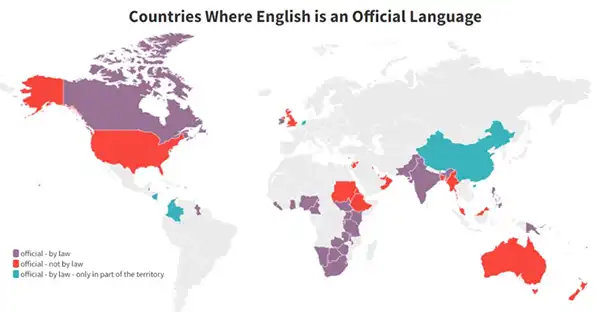
This article delves into the significance of translation in learning resources, the relevance of English video translation to Arabic, and the various types of methods that facilitate knowledge sharing for this purpose.
The Changing Landscape of Education and The Need for Translation
The digitization of education has revolutionized the way people learn and access information. Learning resources, ranging from textbooks to online tutorials, are now available to a global audience. However, linguistic diversity remains a challenge, particularly in regions where English is not the primary language.
To address this, accurate translation of educational materials, especially from English to Arabic, has become a necessity to ensure that learners can access information in their native language. Therefore, it is required to leverage technology to navigate a changing educational landscape.
Emergence of English Video Translation to Arabic in Learning
English to Arabic translation in learning resources has gained prominence due to various factors. The Arab world is home to a rich heritage and diverse communities, making Arabic an imperative language for learning and communication.
Quality transformation ensures that valuable knowledge is accessible to these specific language learners, allowing them to grasp complex concepts with ease. It is necessary to provide the exact translation of sources to help people undoubtedly understand everything they desire. In this context, English video translation to this Asian language is a powerful tool that enhances the whole experience.
Do You Know: As per various statistics, the English language is spoken by up to 17% of the world’s population i.e. 1.35 Billion people.
Diverse Approaches to Video Translation for Learning Resources
Several approaches to video translation cater to the diverse needs of learners and educators. The following methods are commonly utilized:
- Subtitling: Subtitling involves adding translated Arabic text at the bottom of English videos. Subtitles are highly effective in ensuring that students can follow along with spoken content while simultaneously reading the translation.
- Voiceover: Voiceovers entail replacing the original English audio with Arabic narration. This method is particularly useful for video lectures and tutorials, as learners can listen to explanations in their native language.
- Transcription and Translation: This approach involves transcribing the English audio into written text and then translating it into Arabic. Translated transcripts can be provided alongside video content, allowing students to read along or review the material.
These are some of the listed approaches that can assist students and educators of diverse backgrounds in their learning and knowledge path easily.
Do You Know: People of the United Arab Emirates are the most interested people to learn English. Up to 1.1 Million searches were conducted as “convert to English”.
Enriching Learning Experiences through Translation
Translation in learning resources extends beyond language conversion—it bridges the gap between knowledge and understanding. Accessible educational content empowers Arabic-speaking learners to engage actively with subjects, fostering a deeper connection with the material. By offering educational materials in this respective language, educators can cater to a wider audience, making learning more inclusive and impactful.
As technology continues to reshape the intellectual landscape, English video translation to Arabic is a key facilitator of remote and self-paced learning. Enriching the learning experience with interactive content through subtitled lectures, voiceovers, or translated transcripts is vital. Learners can access high-quality content in their preferred format, promoting engagement and retention.
In conclusion, translation’s role in enhancing English-to-Arabic learning resources is indispensable in an interconnected world. It promotes educational equity, encourages cross-cultural exchange, and contributes to a more informed and educated global society.
As educators, learners, and content creators recognize the transformative impact of translation, they pave the way for a more inclusive and accessible educational future.


